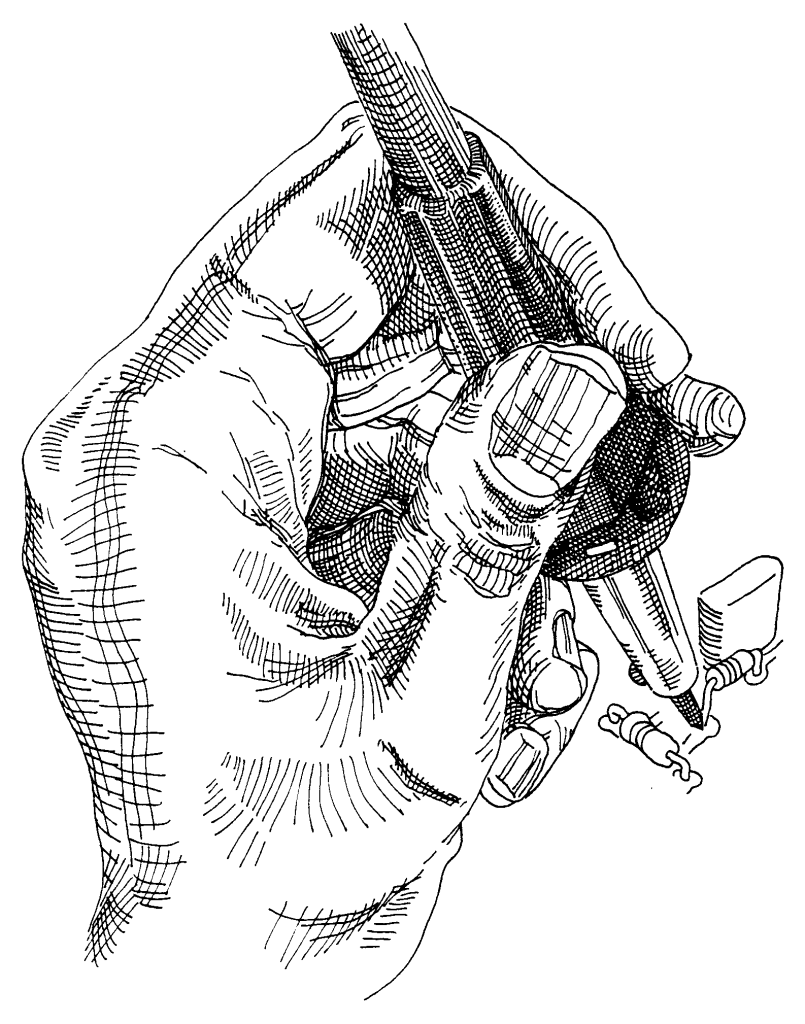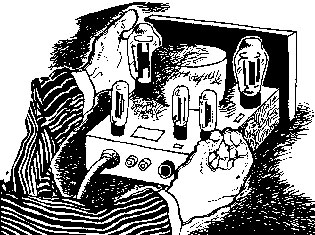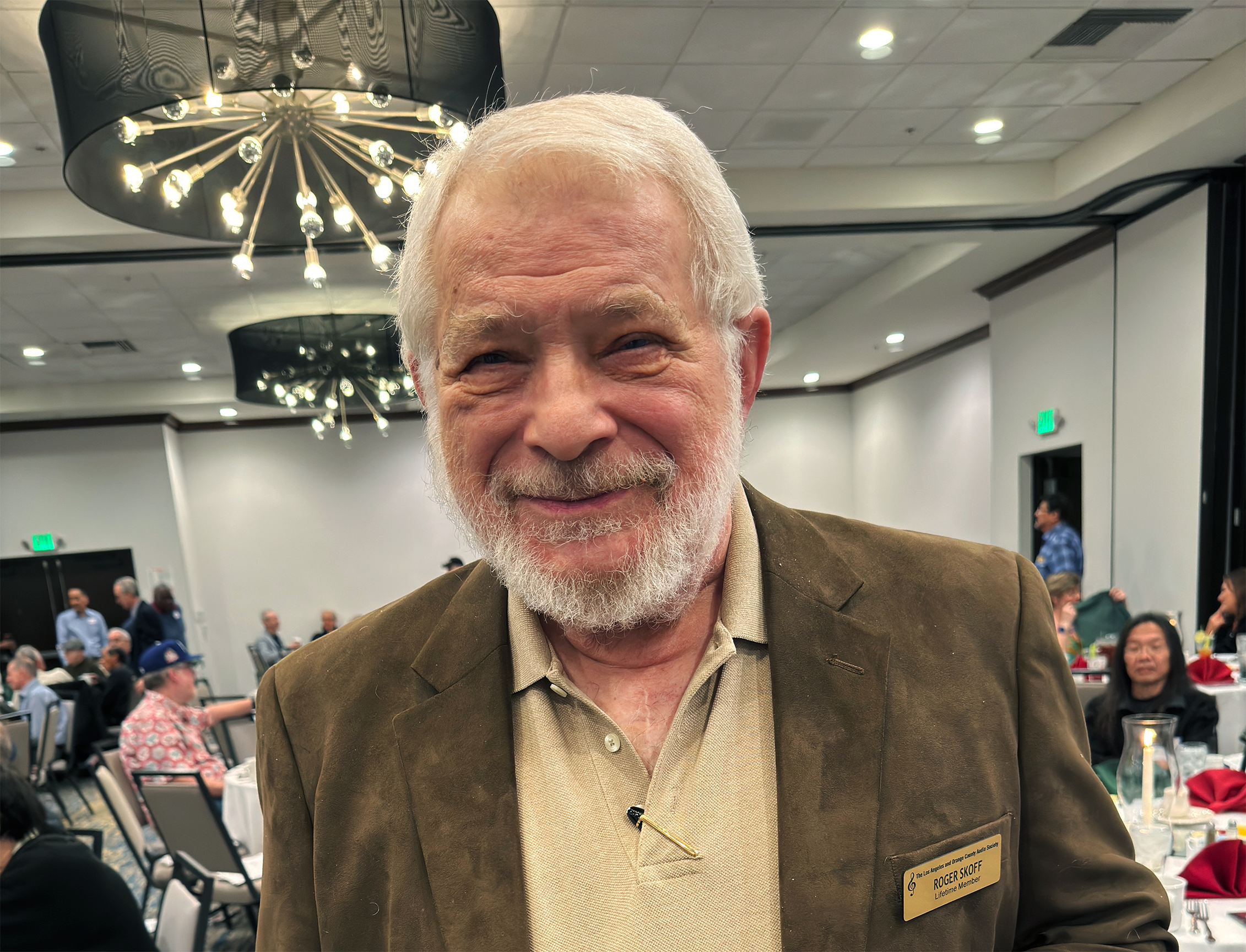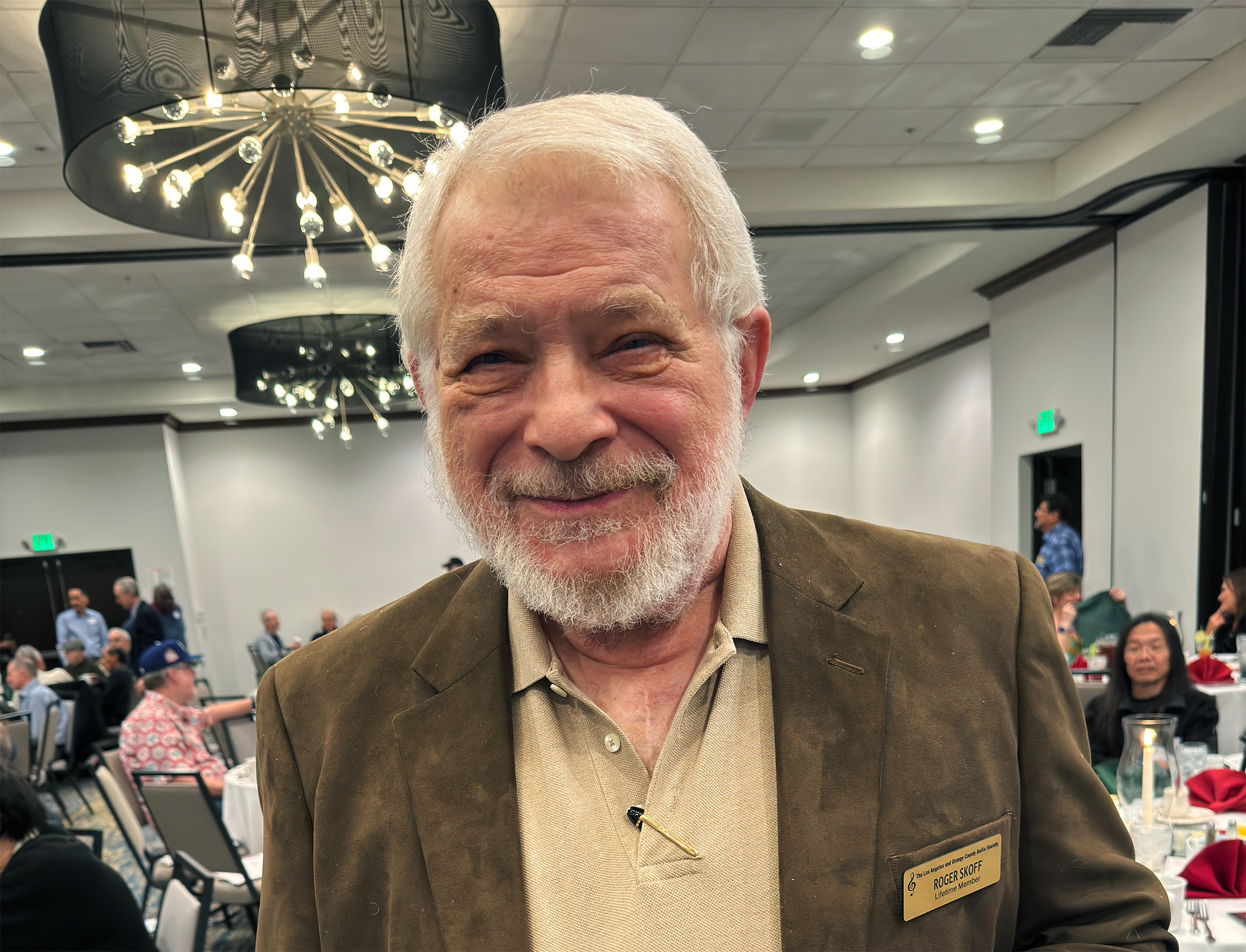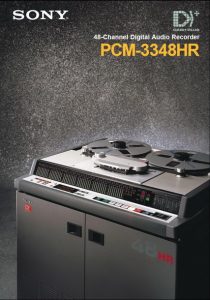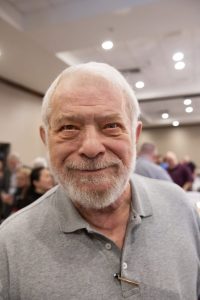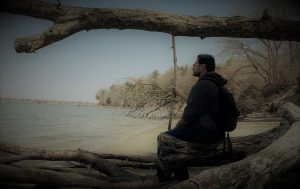Roger Skoff writes about HiFi kit building
When I first became a HiFi Crazy, I was twelve years old and, like virtually every other twelve- year-old kid, I had no money. That didn't stop me, though; I'd become an audiophile; been "bitten by the bug"; and had to have a hi-fi system of my own, any way I could get it.
That meant saving allowance or "chores" money, hoarding cash birthday or other presents, and begging or scrounging whatever I could for or toward my system, whenever and however I could get it, including hand-me-downs and buying used gear.
My first acquisition was my family's no longer used Silvertone AM radio/phonograph combination, to which I had rigged a used 12" external speaker. (Remember that these were the days before stereo, so there was only one channel and only one speaker needed). Later, I replaced the volume control "pot" on the Silvertone with an Amphenol "Fletcher/Munson" loudness control (for some bass boost,) and, still later, once I had saved enough to buy it, I added a Heathkit FM tuner, which I plugged into the AUX input on the Silvertone.
That kit was just exactly right for me at that point in my hobby. FM radio gave me not only better sound than the AM I was used to, but it also brought with it a whole flood of different kinds of music to enjoy. Two more things of incalculable value came along, as well. The first was the knowledge, proven by actual "hands-on" experience, that I could—with a little help from Heathkit—build my own gear (even including the cable to plug it in with, which I made from a length of nickel-a-foot Belden microphone cable and a pair of soldered-on two-for-a-nickel cardboard-centered "tulip -style" RCA connectors.)
The second was the simple fact that I could afford it. As I remember, the kit, including the postage or shipping to get it to me, was under twenty-five dollars, whereas to buy an already-built tuner—even a used one—would likely have been significantly more expensive.
After the tuner, and once I got old enough to get an after-school job to pay for them with, I got a used Garrard record changer and bought and built an EICO HF-20 twenty-Watt tube amplifier (today, we'd call it an "integrated amplifier" because it had both power and control/switching capabilities) to replace the Silvertone radio/phono with and—VOILA!—I finally had a real HiFi set.
I took the kit route one more time, when, in 1957, I "went stereo," adding one of the very first commercially available stereo phono cartridges (an Electro-Voice low output ceramic), another Bozak B-302 speaker system (I had already bought the first one), and, for the requisite second channel, another EICO kit amplifier, this time (because Julian Hirsch said that all good amplifiers sound the same), an EICO HF-12 tube integrated, rated at just twelve Watts. Even with what I saved by buying a lower-output amplifier, if it hadn't been for the affordability of kits, I might have had to wait months longer before I could have bought all that stuff. And if that had been the case, think of all the recorded ping-pong games that would have gone unheard; the recorded locomotives that would never have clacked and steamed through my bedroom; or the jet planes that would never—at least sonically—have impressed me or my friends (or even my parents and their friends) by seeming to roar by overhead.
Fortunately, there were plenty of kits available in those days, from Heath, EICO, Lafayette Radio, Dynaco, Radio Shack, and many others. And, with HiFi booming at that time, and young audiophiles popping up everywhere, I wasn't the only one to buy them. There were plenty more, and even my pal John Curl—now one of the world's top High-End audio designers—got his start in electronics by building kits. (Only in John's case, it was more likely to be test equipment than the HiFi gear, itself).
At this point, although the industry is nowhere near as lively as it once was, there are still HiFi kits being made and still people buying them. And those kits might be even more important to our hobby than they were before.
One reason is simply the fact that, to many people, altogether too much of the HiFi gear now being offered has gotten so expensive that—even at the entry-level—it has priced itself out of their market. Whether this is because of inflation, because of the general condition of the world economy, because of personal or industry circumstances, or simply because better technology just costs more, doesn't matter. The fact of it is that HiFi gear, like everything else, has to compete for its place in people's budgets and, if its price is higher than something else that they want more, they're simply not going to buy it.
Sure, committed HiFi Crazies (like me) will pay whatever they can stretch their budgets to afford to get the ear candy they're addicted to, but what about newcomers or people who would like to be? Without an already existing commitment to great sound, aren't they likely to see a high "price of admission" as too high, and just stick with whatever they've got as "good enough," or put whatever resources they've got into something more easily within their reach?
Couldn't kits be a new way to make our hobby more affordable to those with limited budgets who are teetering on the edge of joining us? Couldn't kit affordability be—as it was for us kids, years ago—the perfect way to get newcomers to "take the plunge"?
And, if the act of building them could be made easy enough (which with modern ICs and current printed circuit technology would certainly seem possible), and if building them were marketed (and accepted) as, not just a chore, but as a game or a worthwhile, "brag-able" accomplishment—as a hobby, just in itself—wouldn't people want to do it?
Wouldn't some people particularly want to do it—long-time, deeply committed audiophiles, for example—if the kit concept were to be modified so that, instead of having just one standard circuit and list of components, the kit could be (AI) tailorable in advance to allow the buyer to select between a broad range of pre-tested and certified tube, transistor, or hybridized circuits? This would ship with his or her own personally-selected brands or listed models (kinds, but not values) of tubes, transistors, capacitors, standard or premium resistors, wiring (copper or silver, PVC or Teflon insulated), or circuit board materials, and even selectable chassis/case/knob colors, styles and materials, to create his or her own truly personal—possibly even one-of-a-kind amplifier—preamp or other device.
That would go far beyond simple tube- or capacitor-rolling (which many people do now) and, who knows? The buyer might even become the next great High-End electronics designer.
In any case, it would be great fun, and would be good for newcomers, for the rest of us, and for our industry, too.
Mike Riley came up with the idea for this article. I like it!
Photograph and image processing by David W. Robinson. Drawings by Bruce Walker.





